DRIVING GENUINE TRANSFORMATION BY BATTLING THE HEADWINDS
Digital technologies have transformed our lives, from how we shop to how we work to how we bank. Insurance journeys, however, have been slower to transform. While banks have been reasonably quick to leverage innovation and new technologies to unlock you ways to engage and deliver for customers, insurers have been lagging behind. However, there are signs that this is starting to change.

Take esure Group as an example. They’ve recently gone through a transformation programme to ‘fix insurance for good’ in 2021 after it recognised there was a trust deficit with customers and the pace of change within the business was what CEO David McMillan called ‘glacial’.


We have reinvented everything in the last three years. We’re now 100% cloud, digital first and customer service has undergone a really profound transformation, with self-service doubling to 81% of customers over the last two years.
DAVID MCMILLAN
CHIEF EXECUTIVE OFFICER,ESURE
He shared three lessons from what he called the most difficult thing he has done in his career. The first is that ‘culture is king’ and the second that ‘you need to refuel the plane while flying’ – which means migrating the motor book in nine months and 600,000 home policies within eight weeks at the same time as servicing two million policies and 100,000 customer contacts per week. The third is that ‘legacy is an anchor’ – which is why the group retired its legacy, with all its complexity and running costs, within three months of migrating to the new cloud platform. Not only has customer service undergone a profound transformation, said McMillan, but the 2024 financial results will be the best in the company’s history.
This ability to leverage new technologies to transform insurance for the better will be key in an increasingly uncertain world, one in which insurers are increasingly on the frontline of existing and emerging risks.

It’s always been a question of adapting to constant change in the world but the kind of change right now is quite terrifying. From climate change to war, it feels like a totally different kind of pressure on our industry.
EMMA KINDBLOM
HEAD OF STRATEGY,Dina Försäkringar

And while the industry is already good at maths, data and systems, Kindblom said a ‘new core competence will be the capacity to deal with constant change’.
This was backed by Bessem Ayari, Head of Innovation Strategy and Scouting at ERGO, who said companies should be looking ahead and ‘helping their workforces build change muscles’ that they can flex to be ready for anything.
So, what does this look like in practice? Darran Simons, the Head of Insurance EMEA at FICO explains how composable architecture can unlock the future of insurance.
In a world where change is relentless, change fatigue is a real risk. Fabien Mellano, Head of Innovation and Product Management at Allianz Partners, said this can be overcome by delivering proof of concept use cases. He highlighted an AI-assisted digital marketing effort that fed leads to 9,000 tied agents, an initiative that was initially met with scepticism when it was trialled in a small sub-segment of the business.
‘People said the agents would never pick them up, certainly wouldn’t pay for them and it would never be a significant part of the business,’ he said. ‘A few years on and almost 40% of the sales in this channel are generated by these digital leads and the agents pay for them because they are high quality leads, and now other areas of the business are queuing up to be next.’
This is how transformation builds: successful use case by successful use case, with humans and AI learning and adapting as they go.
Stay current with Insurance Innovators
Subscribe to our newsletter to receive news, insights and special offers.


